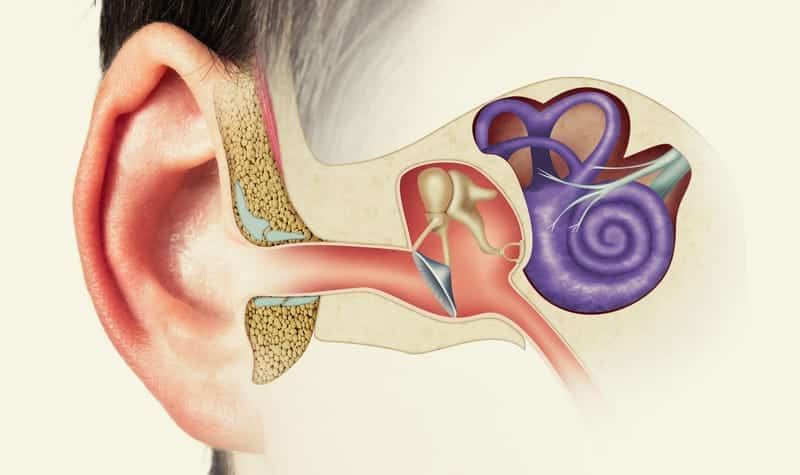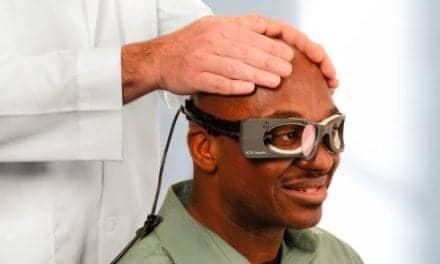Summary: A recent study demonstrates that radiomics imaging analysis can accurately predict the hearing status of patients with vestibular schwannoma, aiding in the selection of appropriate treatment methods.
Takeaways:
- The study utilized radiomics to analyze MRI scans and hearing data from 73 vestibular schwannoma patients, identifying specific imaging features that predict hearing status.
- The research confirms the reliability and stability of radiomics as an objective method for forecasting hearing outcomes, crucial for determining treatment plans.
- The technique is being integrated with Korea University Medical Center’s cloud-based precision hospital information system to enhance its clinical applicability.
A recent study demonstrates that radiomics imaging analysis can effectively forecast the hearing status of patients with vestibular schwannoma patients. Since treatment methods, such as surgery or active surveillance, vary for these patients based on tumor size and hearing condition, predicting hearing status is crucial in planning and determining the appropriate treatment.
The research team led by Professor June Choi from the Department of Otorhinolaryngology-Head and Neck Surgery at Korea University Ansan Hospital (including Professors June Choi, Kang Hyeon Lim from the Department of Otorhinolaryngology-Head and Neck Surgery and Seung-hak Lee from Core Research & Development Center) utilized radiomics to retrospectively analyze MRI scans and hearing data from 73 patients, encompassing 115 MRI examinations. This is the first study to analyze the correlation between vestibular schwannoma and hearing status using radiomics imaging analysis.
Radiomics Imaging Analysis
Radiomics imaging analysis is a technique that extracts and analyzes various quantitative and statistical features from imaging data, creating genetic findings and prognostic models for individual patients. The research team isolated specific radiomics features from 70 characteristics in MRI images that best predict hearing status. They conducted over ten repeated analyses to ensure the reliability and stability of their findings. This approach offers an objective method to predict the hearing status of patients with vestibular schwannoma.
“When deciding on the treatment approach for vestibular schwannoma, we consider a range of factors, including the size of the tumor and the patient’s hearing condition,” says Choi. “By analyzing the data obtained from MRIs using AI-based radiomics techniques, we were able to predict the hearing status of patients with vestibular schwannoma. Demonstrating that radiomics can yield advanced outcomes holds significant importance.”
The team plans to integrate this technique with the Korea University Medical Center’s P-HIS (Cloud-based Precision Hospital Information System) to facilitate its use in clinical settings. Moreover, the study has been published in the latest edition of a leading European journal of otolaryngology(European Archives of Oto-Rhino-Laryngology)
Photo: Dreamstime





